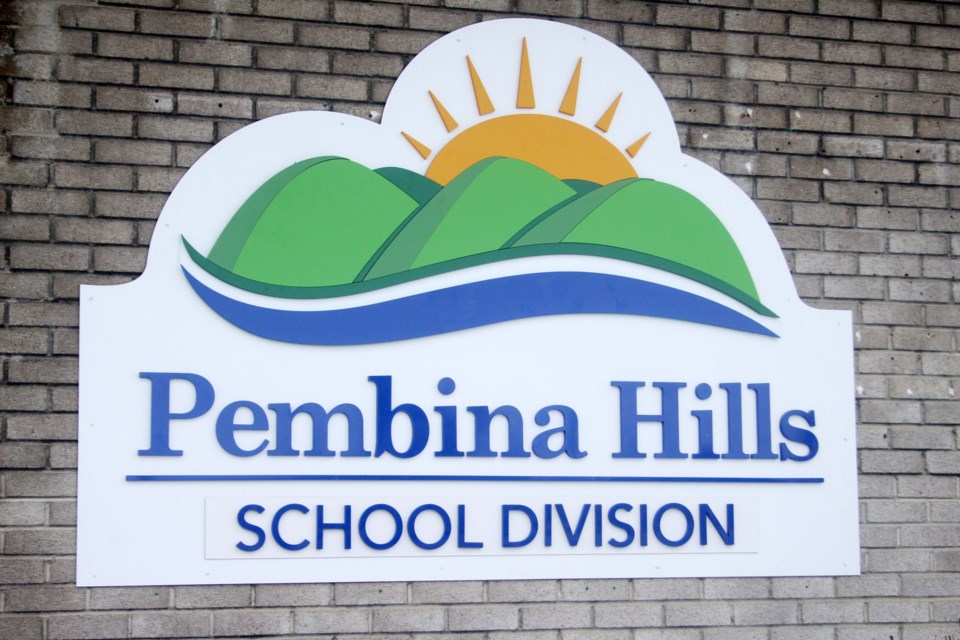BARRHEAD - Sweeping changes to education funding in 2020 resulted in an overall reduction in early education services, according to the annual Student Services Assurance report presented to Pembina Hills trustees at their Jan. 13 meeting.
Back in February 2020, Alberta Education announced the introduction of a new funding framework that would impact education all the way from preschool to Grade 12, although early education funding was hit the hardest.
Among the changes was a tightening of the criteria for classifying a student as having a severe disability and mandating early learning programs to offer a minimum number of hours of programming.
While presenting the assurance report, director of student services Rob McGarva said the new funding framework resulted in an overall reduction in early education services.
For instance, McGarva said additional funding allocated to help four-year-olds with mild/moderate needs had been eliminated, noting that over the last couple of years, Pembina Hills had about 40 students in this category.
The amount of funding for students with severe disabilities was also reduced, and the tightening of the criteria partially led to a drop in PUF students.
McGarva said the division has also had to “do more with less funding” as a result of the new requirement around programming hours, and was also forced to identify students earlier in the year. (Before, they could identify students with special needs up until March.)
McGarva said it has also made it harder to include “typically developing” students in early learning programs to act as role models for the other children.
“In the past, if we included a student as typical but they then turned out to have needs, we would get funded and support them. However, this year we had to be cautious, as these children would take away from our program if they turned out to have unidentified needs,” he said.
In all likelihood, the new framework has likely resulted in fewer students being able to receive intervention, which McGarva suggested will likely have a negative impact on the system when those students enter Kindergarten.
It should be noted that the changes to PUF have not proved popular on a provincial level; in November, the Alberta School Boards Association (ASBA) passed a motion to lobby the province to return to the old PUF model, as the changes had also impacted many divisions’ ability to support students with disabilities.
Virtual learning
Besides discussing funding challenges, McGarva also highlighted how the COVID-19 pandemic impacted supports for students in the division.
Because of the accompanying school shutdown that occurred in March, McGarva said that many services like speech therapy, occupational therapy and counselling had to be delivered virtually.
Satisfaction surveys conducted among parents was actually very positive, with 56 parents giving a rating of 4.3 on a scale of 1 to 5.
One unintended side benefit of this virtual learning was that parents actually became much more aware of the speech and occupational therapy goals of their children, McGarva suggested.
A comment from one parent that was included in the report outlined how they liked sitting in on their child’s lessons and learning how to help them with their speech at home.
“‘Honestly, before this, you would say he needed to work on this or that, but I didn’t necessarily see the same issues. (But) after sitting in on the lessons, I can definitely see where you were coming from and it helped to give me some of the tools needed to help him at home,’” the parent said.
McGarva suggested that the high number of students who switched over to virtual learning or home schooling may have led to a reduction in high-level students under the Response to Intervention (RTI) model.
RTI Is a six-tier model that indicates what level of supports a student may require, with Level 1 students requiring little to no support and Level 6 students needing a lot of one-on-one assistance.
In 2019-2020, there were 75 Level 6 students and 111 Level 5 students in Pembina Hills. In 2020-2021, the number of Level 6 students increased to 77, but the number of Level 5 students dropped to 104.
The increasing number of RTI students had been mentioned by McGarva as a concern in previous years. While it’s good they have stabilized, he suggested they could rise again if more students return to in-school learning once the pandemic ends.



